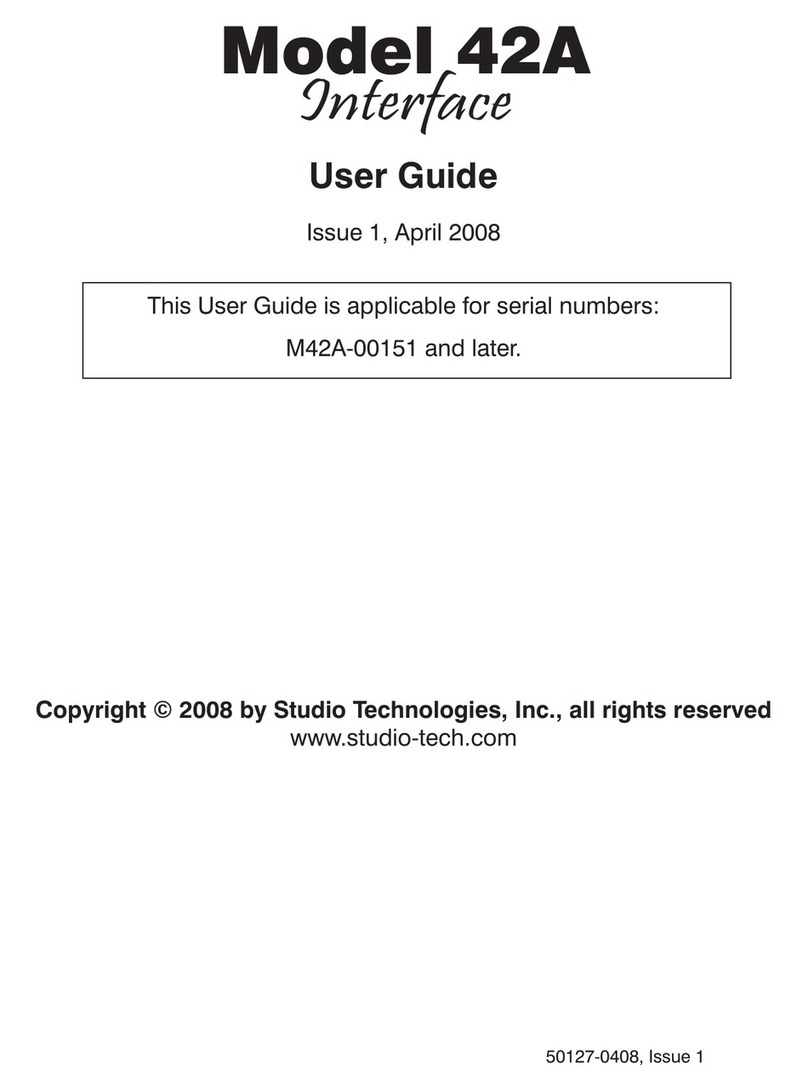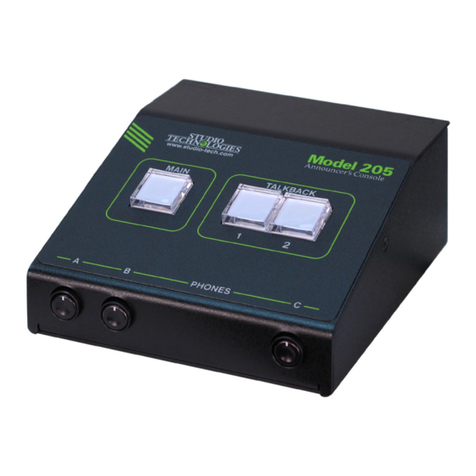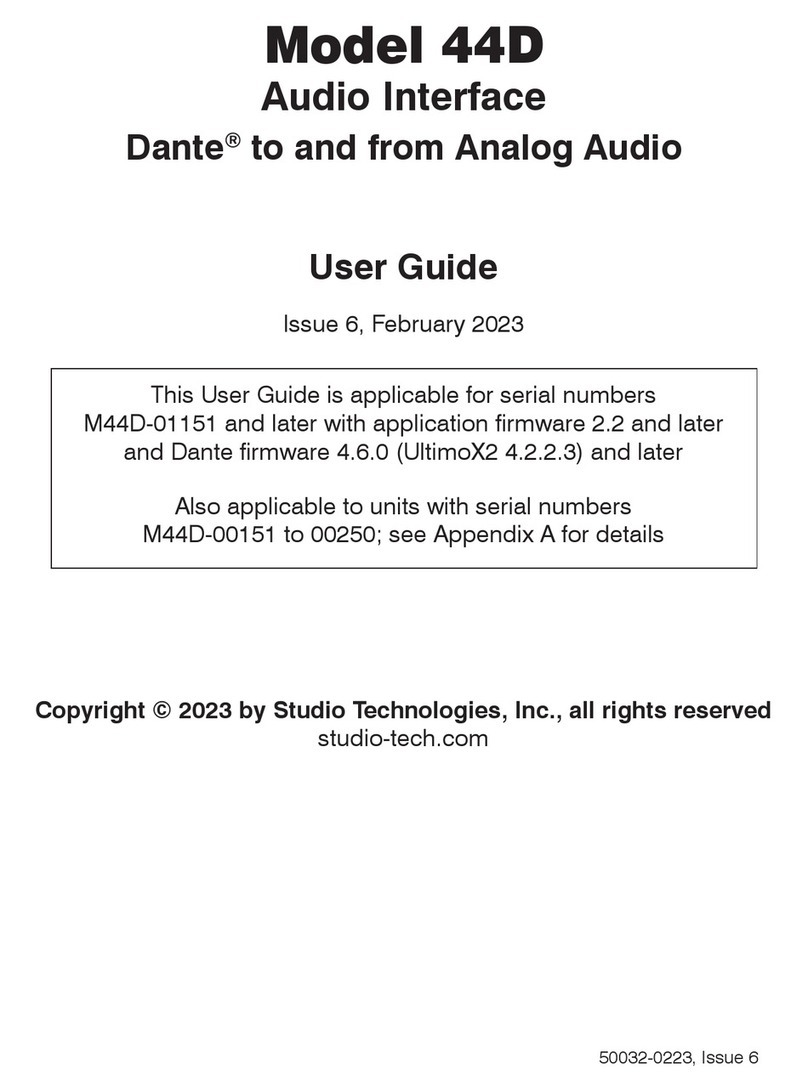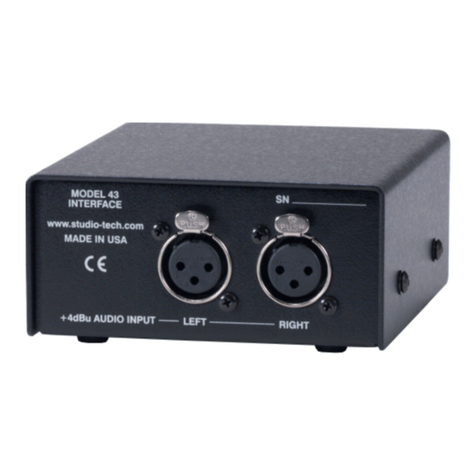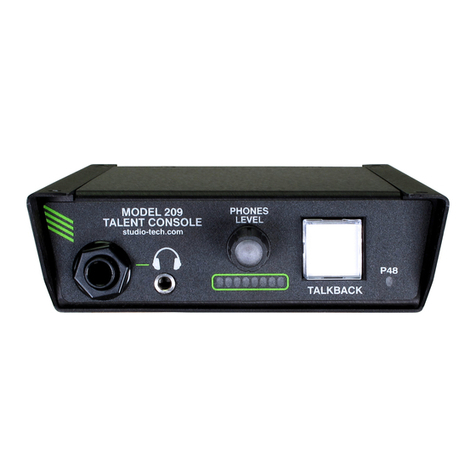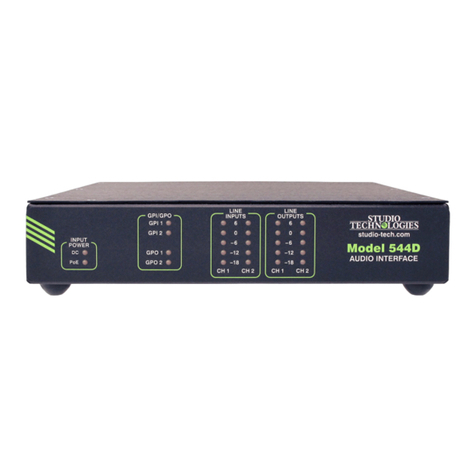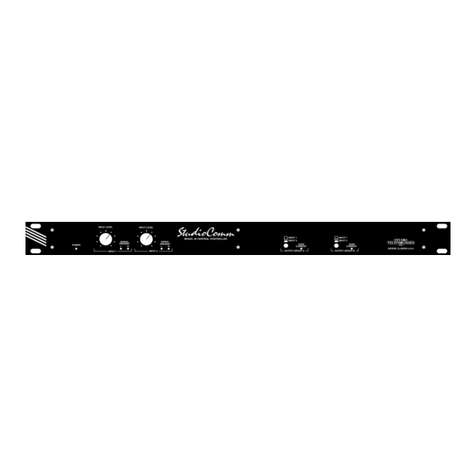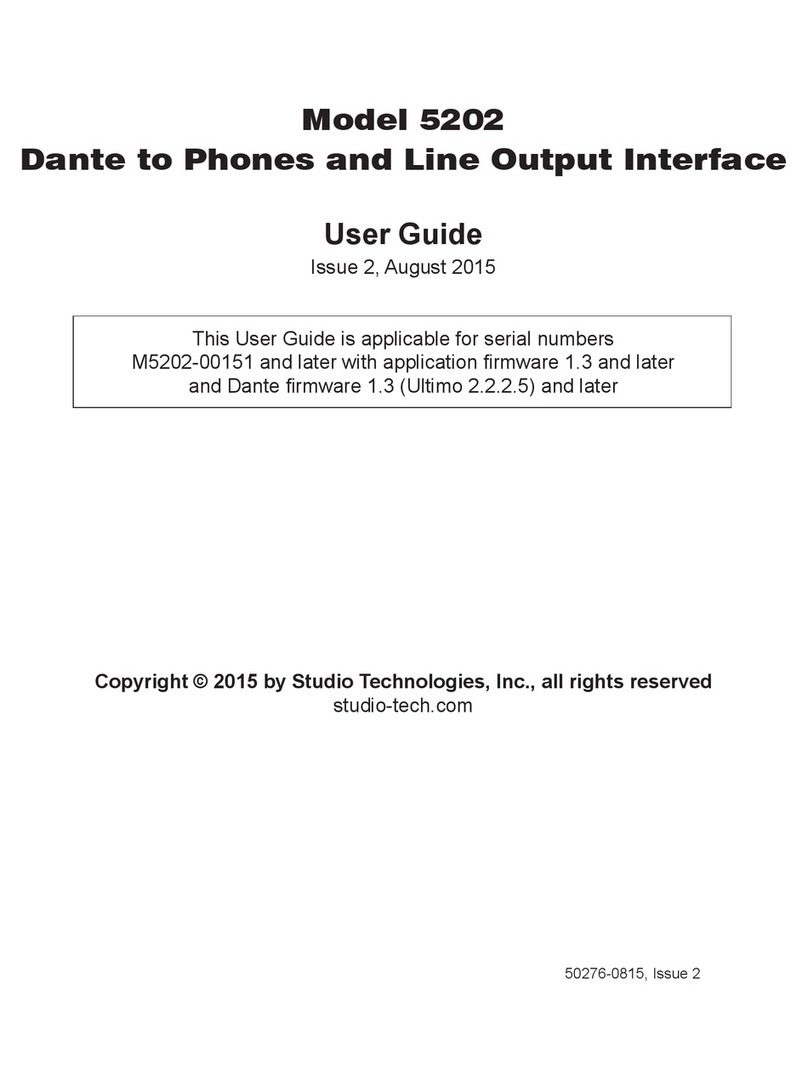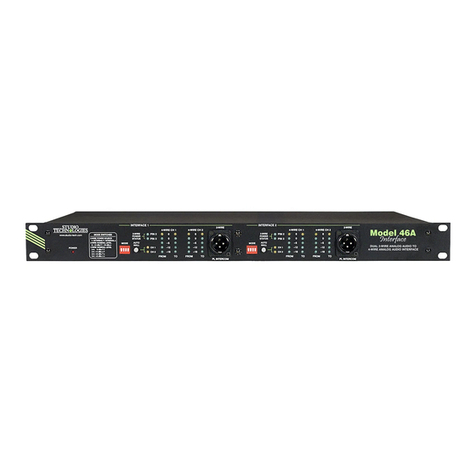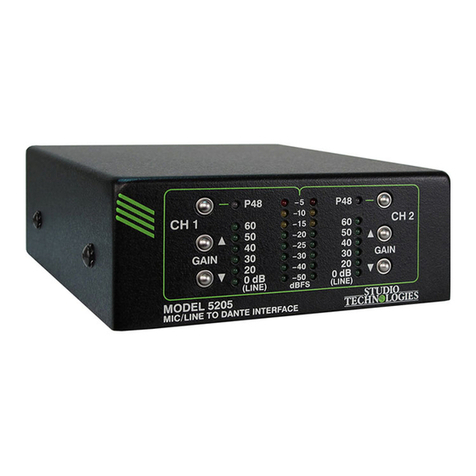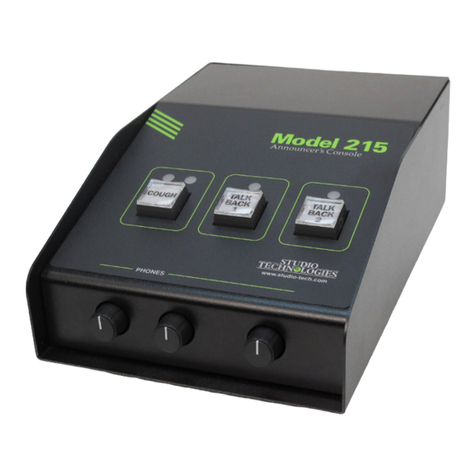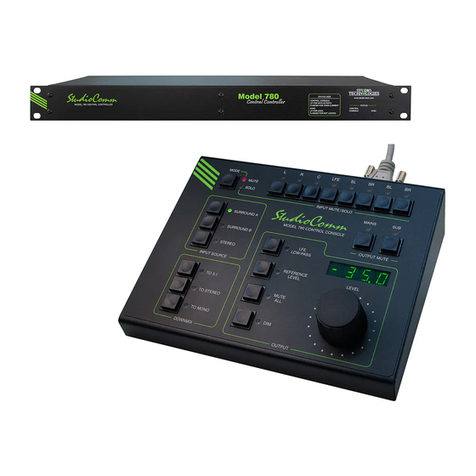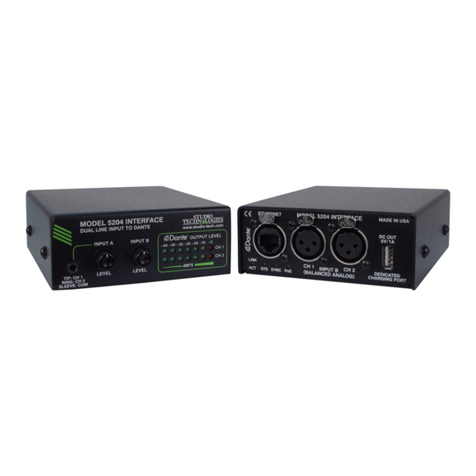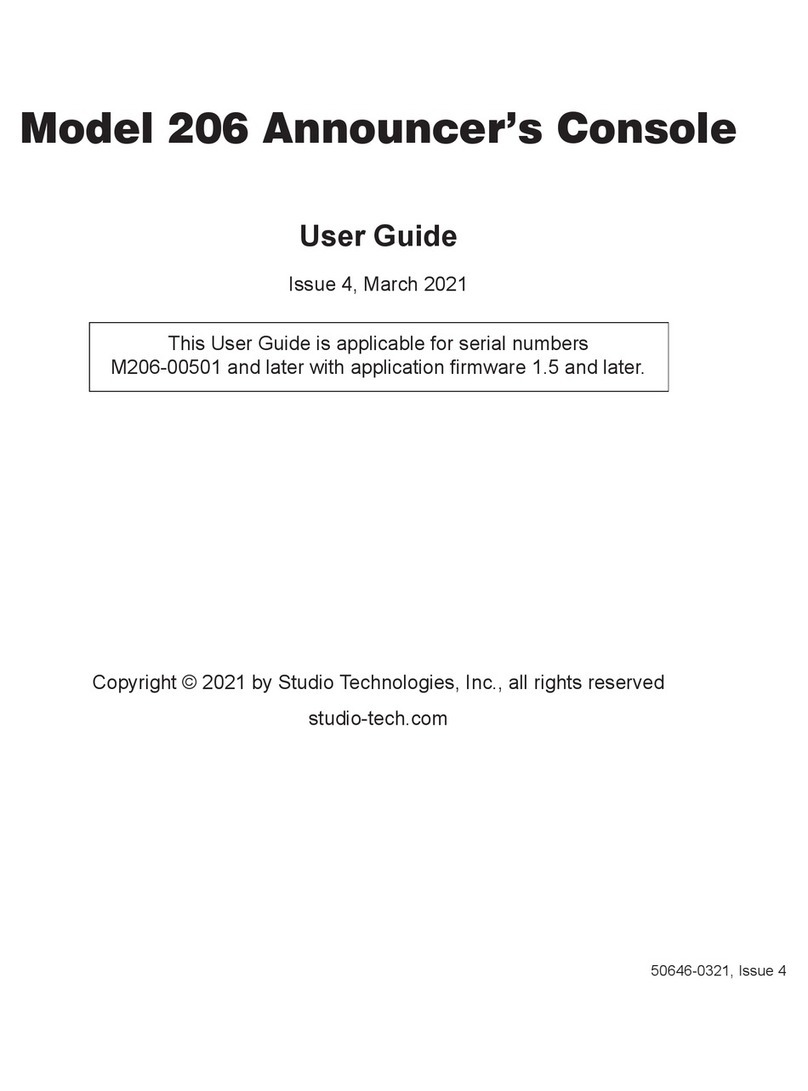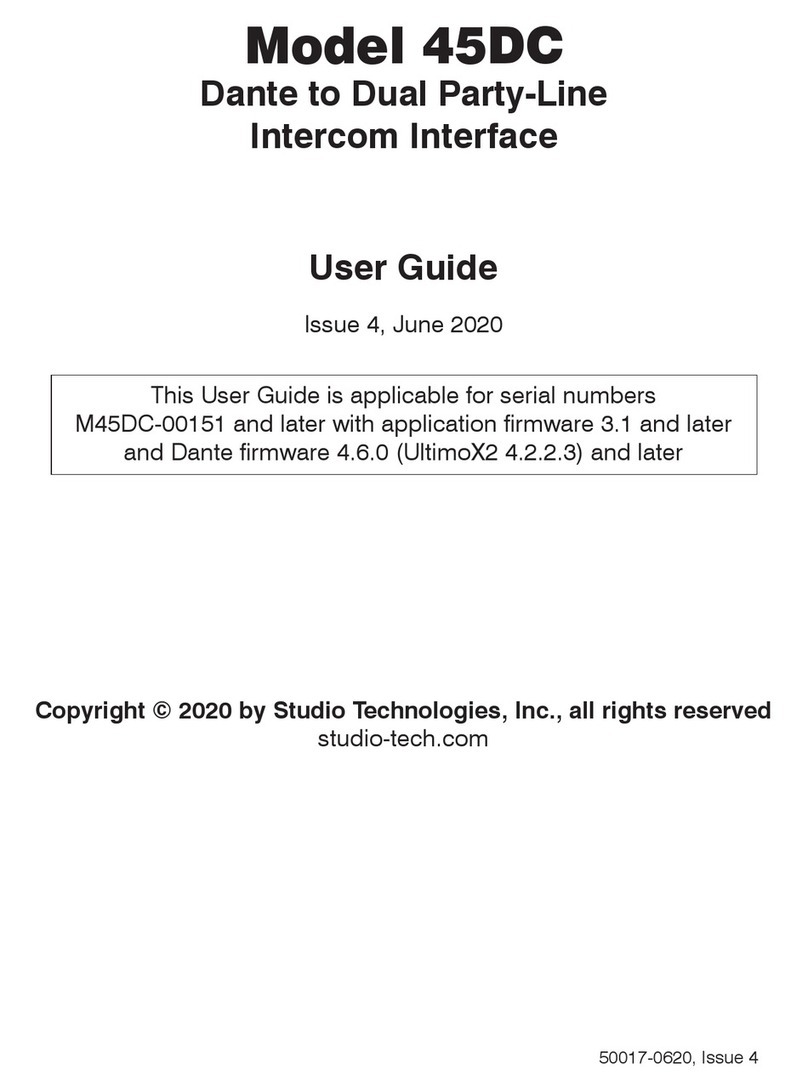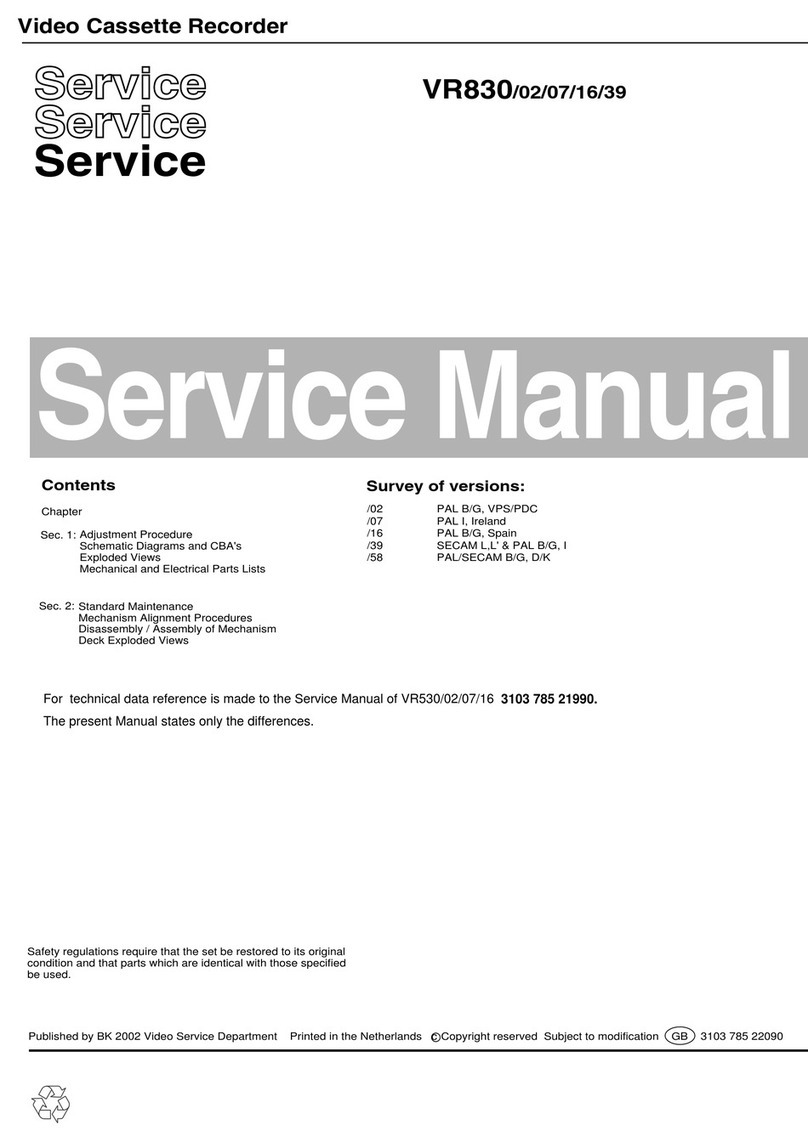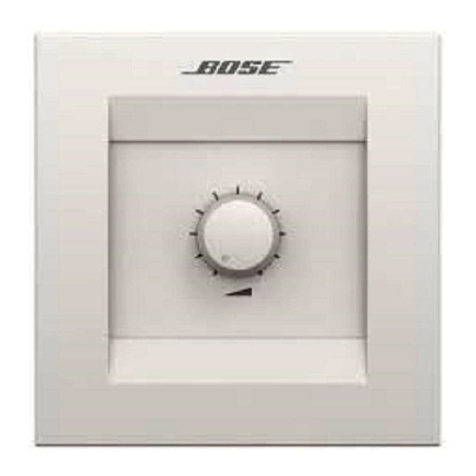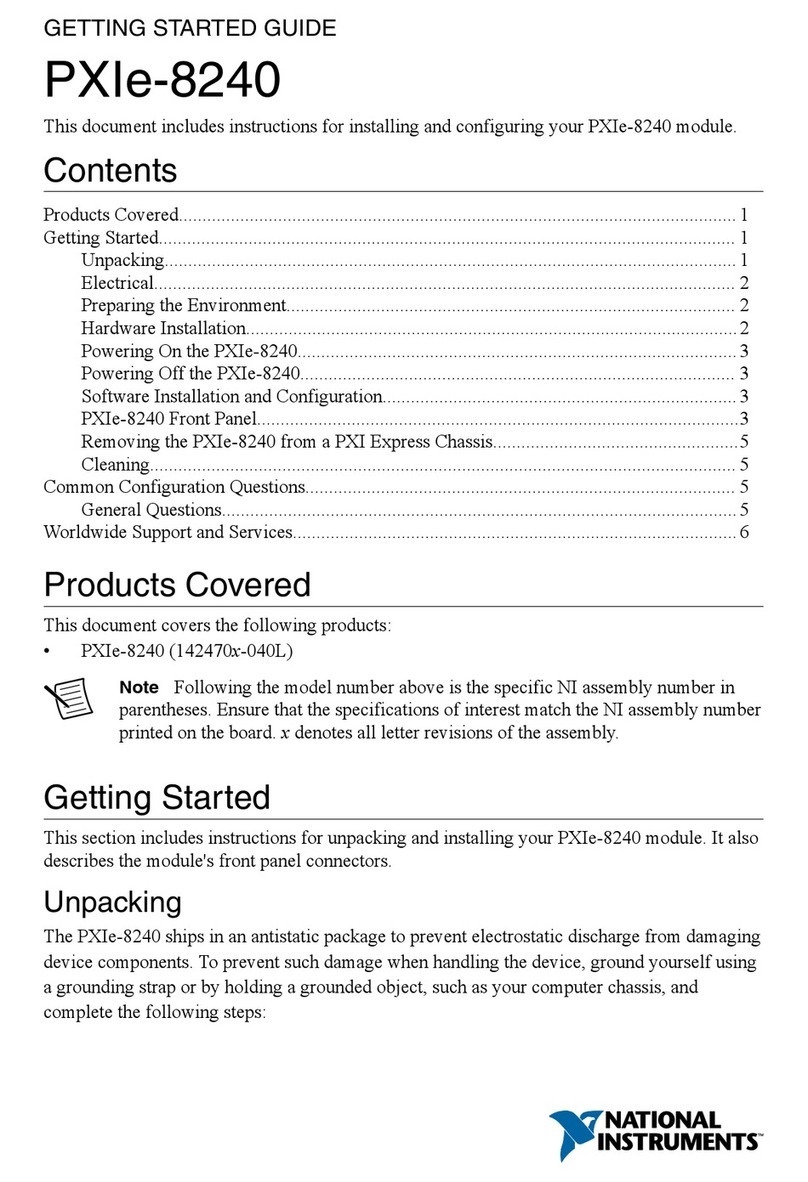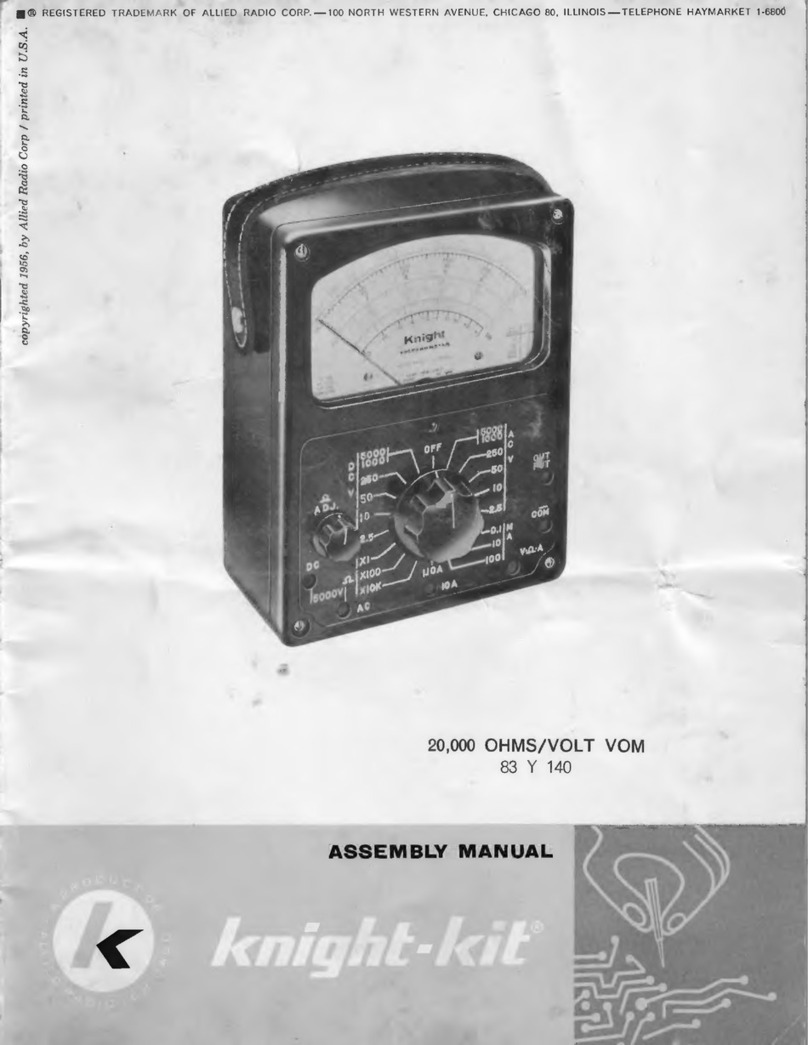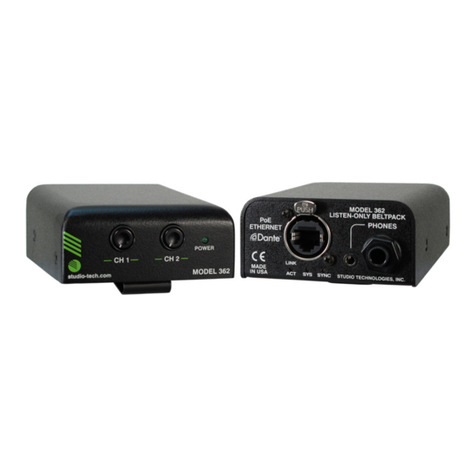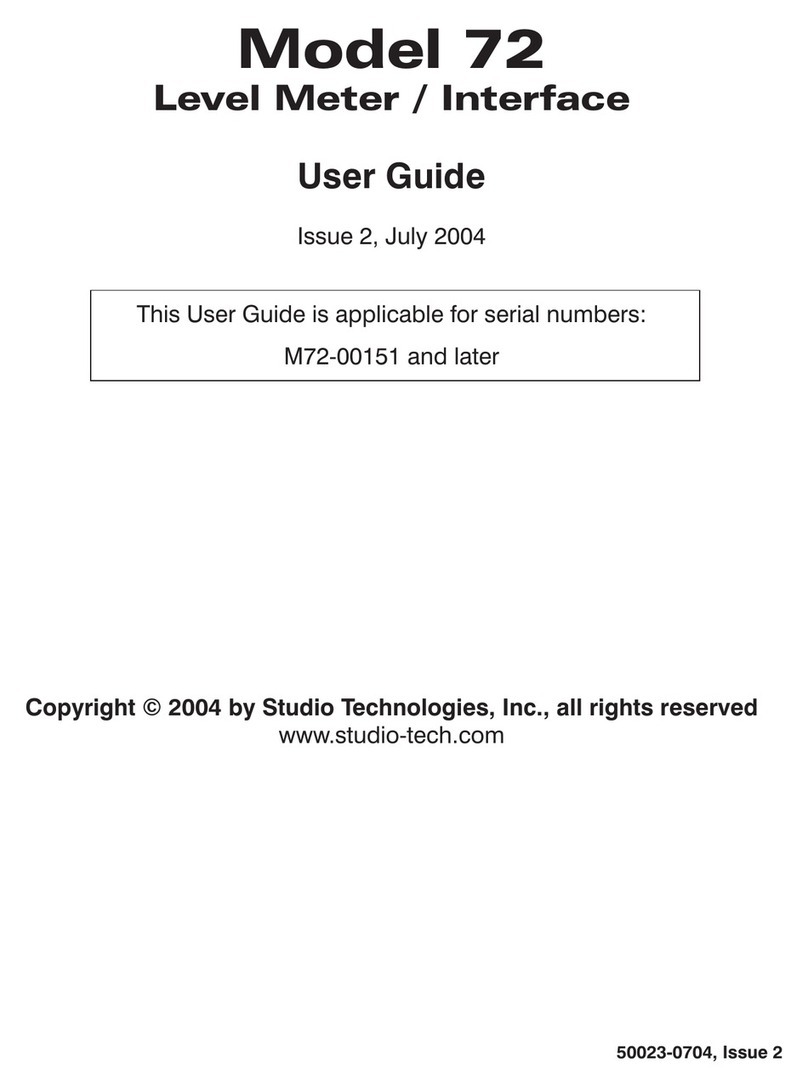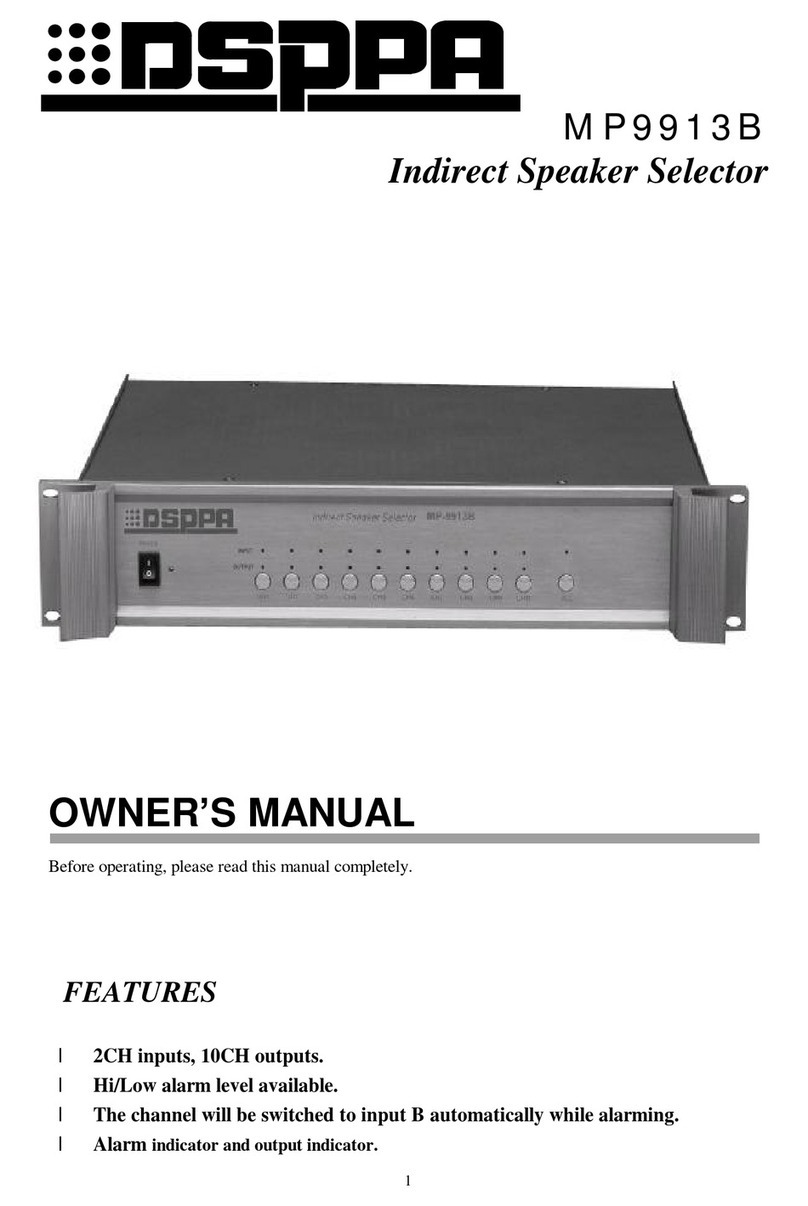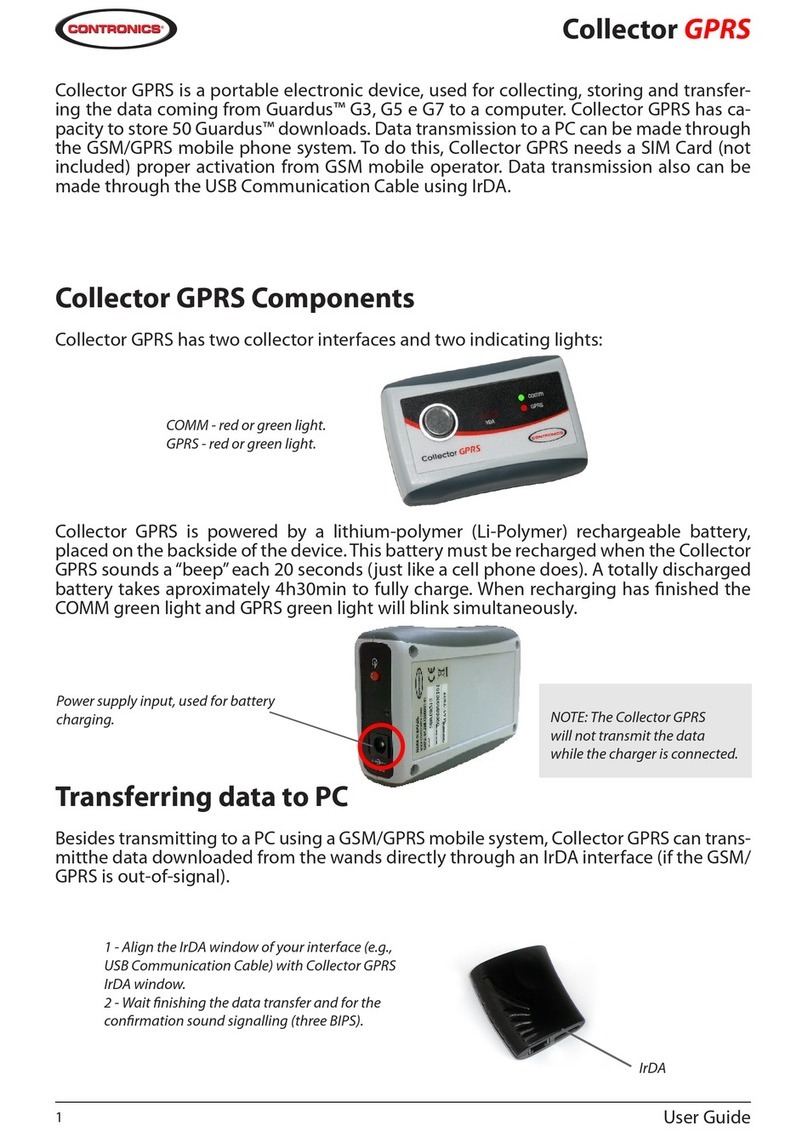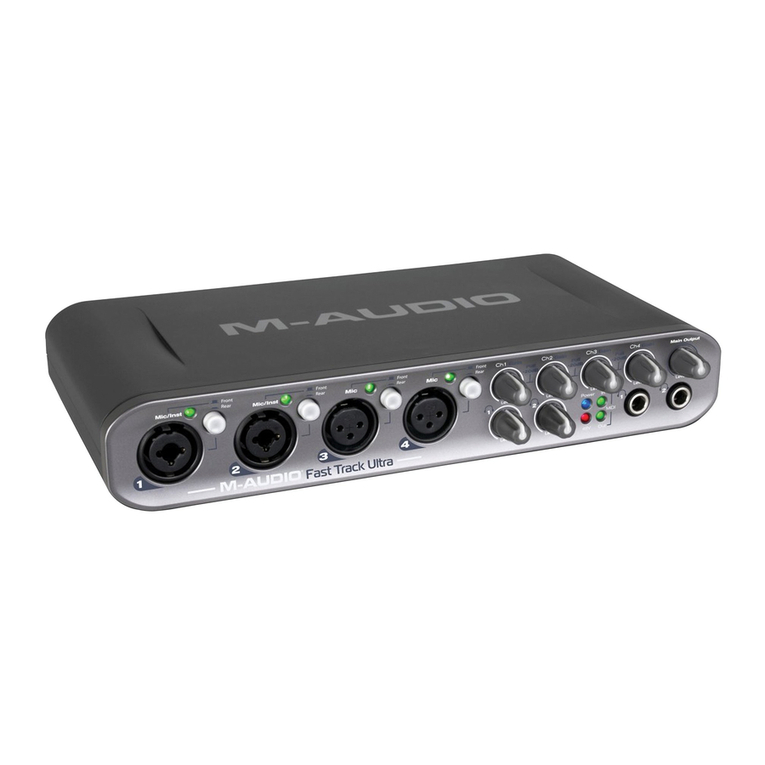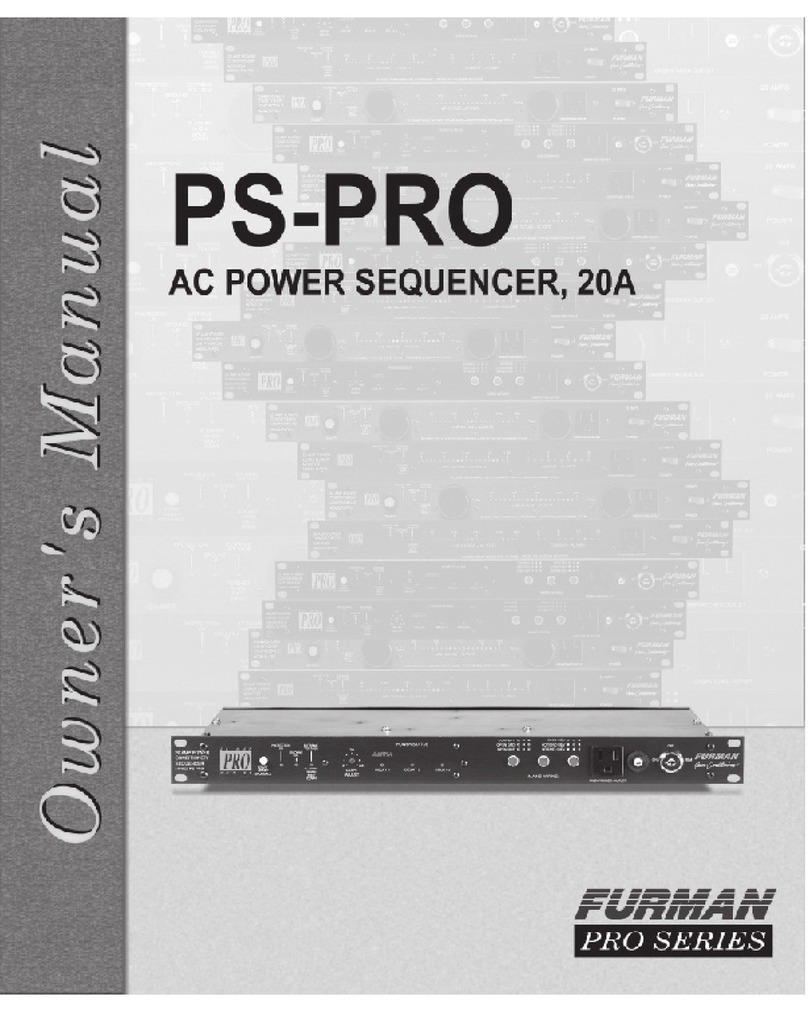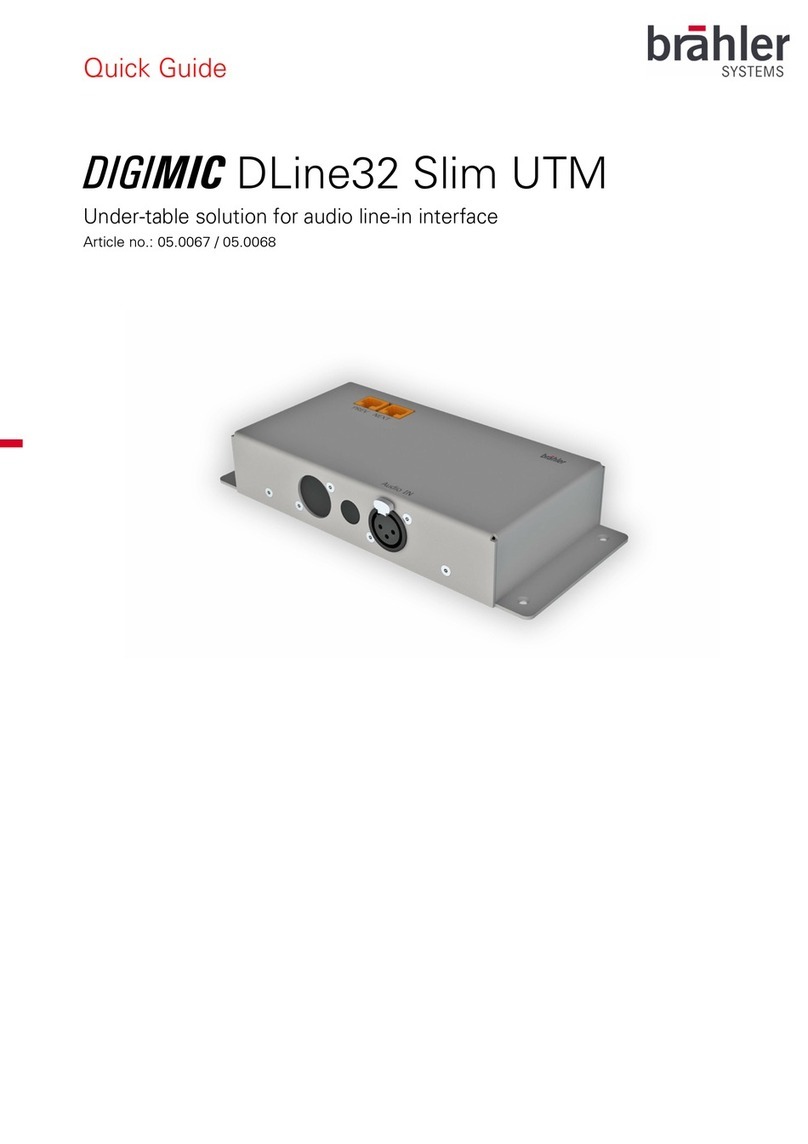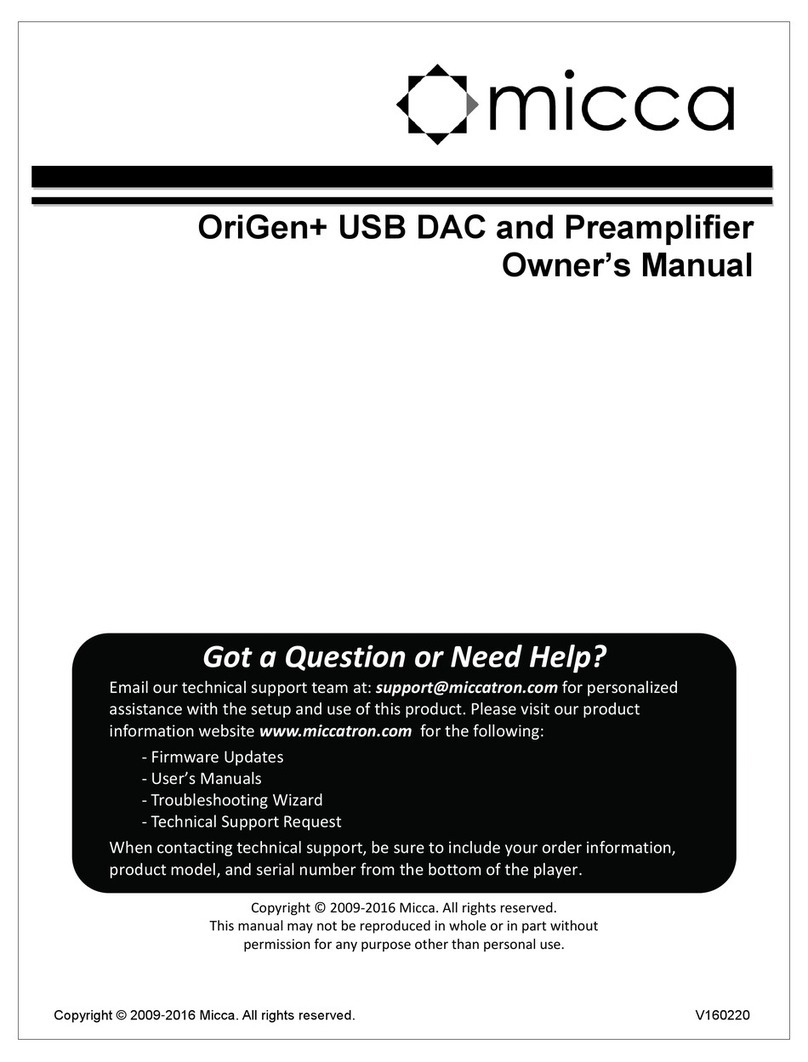
Issue 1, August 2020 Model 232 User Guide
Page 6 Studio Technologies, Inc.
MODEL 232
ANNOUNCER’S CONSOLE
The amount of flexibility provided in the Model
232 allows it to meet the needs of virtually all
on-air announcer applications. And using the
Studio Technologies’ STcontroller software ap-
plication makes “customizing” the operation of
a Model 232 fast and simple. The unit’s ability
to handle both day-to-day and specialized situ-
ations makes it a unique product in the market.
For example, each pushbutton switch and ro-
tary encoder can be independently configured
with multiple choices that range from simple to
quite advanced. If a Model 232 can’t seem to
be configured to meet an application’s goals
please contact Studio Technologies’ technical
support for an application review.
The Model 232 is part of a three-product fam-
ily that differ only in the number of talkback
channels provided. The Model 232 provides
two talkback channels, while the Model 234
provides four and the Model 236 provides six.
The Model 232, as with the other two models,
has a compact enclosure with overall dimen-
sions of 6.5 inches wide (16.5 cm), 2.9 inches
high (7.4 cm), and 4.9 inches deep (12.5 cm).
Weighing 2.1 pounds (0.95 kg), the enclo-
sure is made of steel to provide some “heft”
to minimize the chance of inadvertent move-
ment. The Model 232’s main, secondary, and
programmable logic (FPGA) firmware can be
updated using the USB port on the back of the
unit; the Dante firmware can be updated via
an Ethernet connection.
Setup, Configuration, and
Operation
Set up, configuration, and operation of the
Model 232 is simple. The unit includes two
Neutrik etherCON RJ45 connectors which
allow interfacing with single or redundant
Gigabit Ethernet networks. The primary net-
work connection can provide power to the unit
using a port on a Power-over-Ethernet (PoE)
network switch. Model 232’s power can also
be supplied from a 12 volt DC source that is
connected using a 4-pin XLR connector. A
broadcast headset or handheld (“stick”) micro-
phone can be directly connected to the unit’s
3-pin female XLR microphone input connec-
tor. The input is compatible with dynamic or
condenser microphones. A P48 phantom
power source allows support for a wide range
of condenser microphones. A 3-pin male XLR
connector provides an analog microphone
output for integration with inputs on related
devices. A configuration choice allows this
output to be active all the time (hot mic opera-
tion) or muted or unmuted following the main
output pushbutton function. A pair of stereo
headphones, the headphone connection from
a stereo or monaural headset, or even ear-
buds can be connected to the Model 232’s
headphone output jack.
Audio signals are routed to and from the Mod-
el 232 using the Dante Controller software
application. This is available, free of charge,
from Audinate®, the creators of Dante. All
Model 232 operating features are configured
using the Studio Technologies’ STcontroller
software application. The extensive set of
parameters allows the unit’s functions to be
tailored to meet the needs of many, many ap-
plications. STcontroller, compatible with ver-
sion 7 and later of the Windows® operating
system, is available, free of charge, from the
Studio Technologies’ website. It’s a fast and
simple means of configuring, revising, saving,
and loading a unit’s operating parameters.
A future release of STcontroller will support
MacOS® operating systems.
The Model 232’s front panel includes four
rotary controls (encoders) which are used
to adjust the level of the Dante input signal
sources as they create an audio mix that is
fed to both the analog and Dante digital head-
phone outputs. Using RGB (red-green-blue)
LEDs, each rotary encoder is illuminated and
can display whether or not signal is present
on its associated audio input channel. Two




















